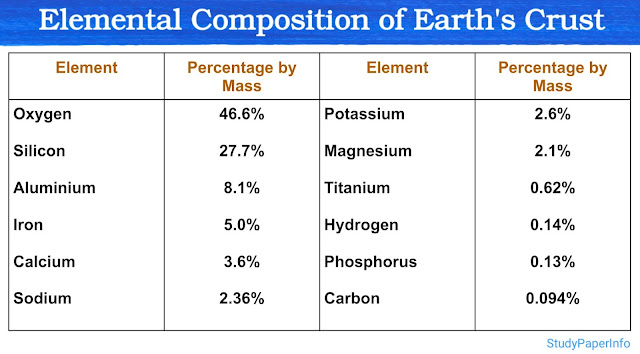What is the difference between codominance and incomplete dominance?
In classical Mendelian genetics, traits are often explained through dominant and recessive alleles. However, in real biological systems, not all traits follow this simple rule. Two important exceptions to this pattern are codominance and incomplete dominance. These types of inheritance help explain how both alleles of a gene may influence the phenotype in different ways. Understanding the difference between them is essential in genetics, especially for interpreting traits like flower colour and human blood groups.
Codominance
Codominance is a condition where both alleles in the heterozygous condition express themselves fully and independently. In this case, the phenotype does not show blending or mixture, but rather both traits appear side by side.
A well-known example of codominance is the AB blood group in humans. A person with genotype IAIB will have both A and B antigens on the surface of red blood cells. In this case, neither the A allele nor the B allele dominates. Instead, both are fully and equally expressed. So, the blood group is not intermediate, but a co-expression of both traits.
Another example is seen in cattle coat colour. When a red-coated cow (RR) is crossed with a white-coated cow (WW), the offspring show a roan coat (RW), where both red and white patches are clearly visible on the body. These are not blended but distinctly present.
In codominance:
- Both alleles are expressed equally and independently.
- The heterozygous phenotype shows both traits clearly, without blending.
- There is no suppression of one allele by the other.
- Traits appear side by side, not as a mixture.
Incomplete Dominance
Incomplete dominance is a condition where neither of the two alleles is completely dominant over the other. As a result, the phenotype of the heterozygous individual is a blend or intermediate of both parental traits. This means that the dominant allele is not strong enough to completely suppress the expression of the recessive allele.
A very famous example of incomplete dominance is seen in the Mirabilis jalapa plant, commonly known as the four o'clock plant. When a homozygous red-flowered plant (RR) is crossed with a homozygous white-flowered plant (rr), the F₁ generation shows pink flowers (Rr). This pink colour is not present in either of the parents. It is a new phenotype formed due to the partial expression of both alleles.
In incomplete dominance:
- The heterozygous phenotype is intermediate.
- There is partial expression of both alleles.
- It creates a new blended phenotype different from both parents.
- It reduces the dominance effect and the traits appear as a mixture.


Comments
Post a Comment